West Hartford Town Council Adopts Ordinance to Permit Speed Enforcement and Red Light Cameras

Audio By Carbonatix
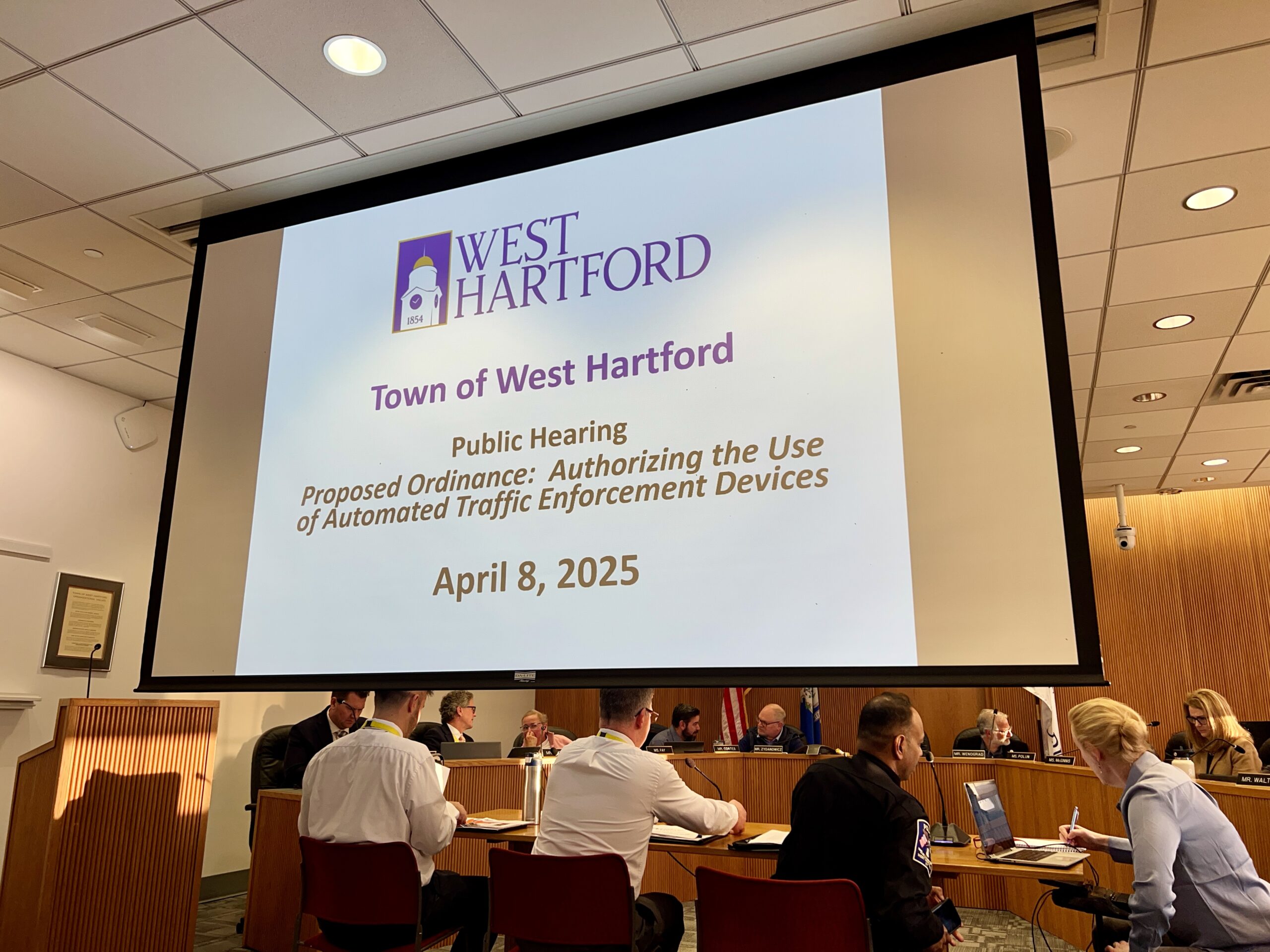
The West Hartford Town Council held a public hearing on April 8, 2025 to discuss an ordinance related to automated traffic enforcement devices. Photo credit: Ronni Newton
The West Hartford Town Council voted 7-1 on Tuesday to adopt an ‘Ordinance Authorizing the Use of Automated Traffic Enforcement Safety Devices.’
By Ronni Newton
West Hartford has taken the next step in implementing a program for using both speed enforcement and red light cameras as means to improve safety on the town’s roadways with the adoption of an ordinance Tuesday night to allow the use of automated traffic enforcement devices.
The measure passed 7-1, with Minority Leader Mark Zydanowicz voting against it.
The town was awarded a 669,007 federal Safe Streets and Roads for All (SS4A) grant in 2023 to implement a speed management pilot program, as a component of its Vision Zero initiative, adopted in January 2023, which has the goal of completely eliminating fatalities and serious injuries on the town’s roadways within 10 years. The red light camera program also has funding connected to a SS4A grant, awarded to the town in 2024, that also includes other road and sidewalk improvements as part of the “Vulnerable User Safety Program.”
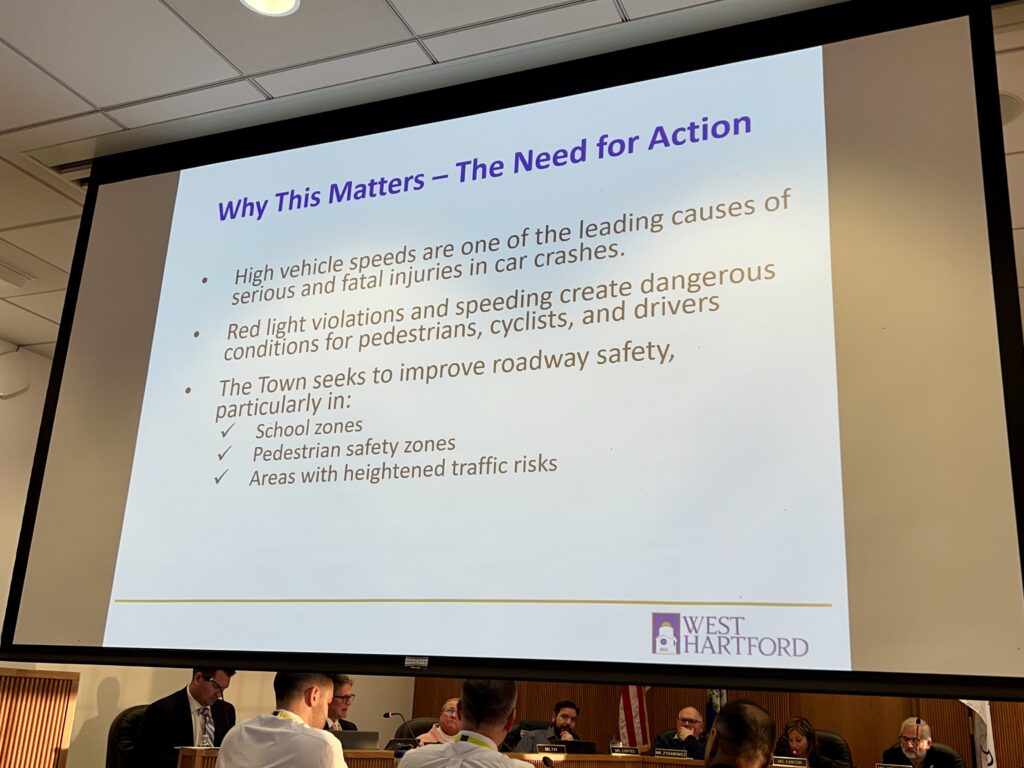
The West Hartford Town Council held a public hearing on April 8, 2025 to discuss an ordinance related to automated traffic enforcement devices. Photo credit: Ronni Newton
“Across the community we continue to see concerning trends. High speed and red light violations are creating dangerous conditions for drivers, pedestrians, and cyclists. These behaviors put lives at risk and compromise the safety of our streets,” Town Manager Rick Ledwith said as he introduced the ordinance at a public hearing Tuesday night prior to the vote.
The ordinance, a proactive step which supports the town’s Vision Zero goals, Ledwith noted, had already been discussed extensively by Council members at the committee level, and is intended to provide the legal framework for the town to deploy the devices “strategically in school zones, pedestrian zones, and areas that we know are heightened traffic risks.” He added that the automated devices are a proven strategy to encourage safer driving by holding drivers accountable and reducing violations as well as shifting the mindset to help build a “lasting culture of safety.”
The cameras are not intended to replace, but rather to supplement, the work of police officers. Ledwith said the police chief refers to the program as a “force multiplier” which gives officers the opportunity to deploy more enforcement efforts in other locations.
The automated traffic enforcement program allows for a citation to be issued when a driver exceeds the posted speed by 10 or more miles per hour, or fails to stop for a steady red light. The cameras activate when a violation occurs, but a human – either a sworn police officer or other official designee – must review the images prior to issuance of a citation.
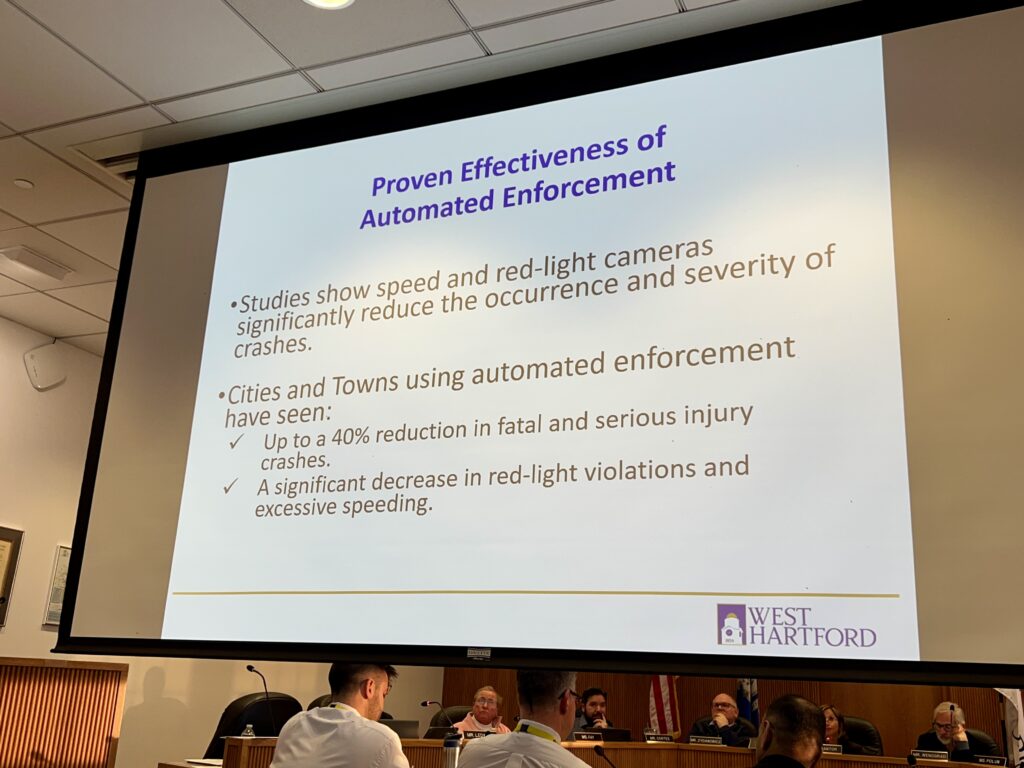
The West Hartford Town Council held a public hearing on April 8, 2025 to discuss an ordinance related to automated traffic enforcement devices. Photo credit: Ronni Newton
The speed enforcement program will be implemented first, but the same penalties and appeal process in the ordinance will apply to both, including include a 30-day grace period after the program begins when violators will receive a warning. After that, first offenses will result in a $50 fine, and subsequent violations will be $75. The amount of the fines are set by the state, but unlike the fines associated with speeding tickets which other than a small percentage go directly to the state, the town keeps the money under this program. A $15 per citation processing fee is also permitted.
Fines are assessed to the owner of the vehicle, not the driver. Council members were assured that the technology is intended to capture the license plate only – the rear plate, Ledwith confirmed – and not an image of the driver.
The citations are not moving violations nor are they reflected on driving records or tied to the ability to register your car.
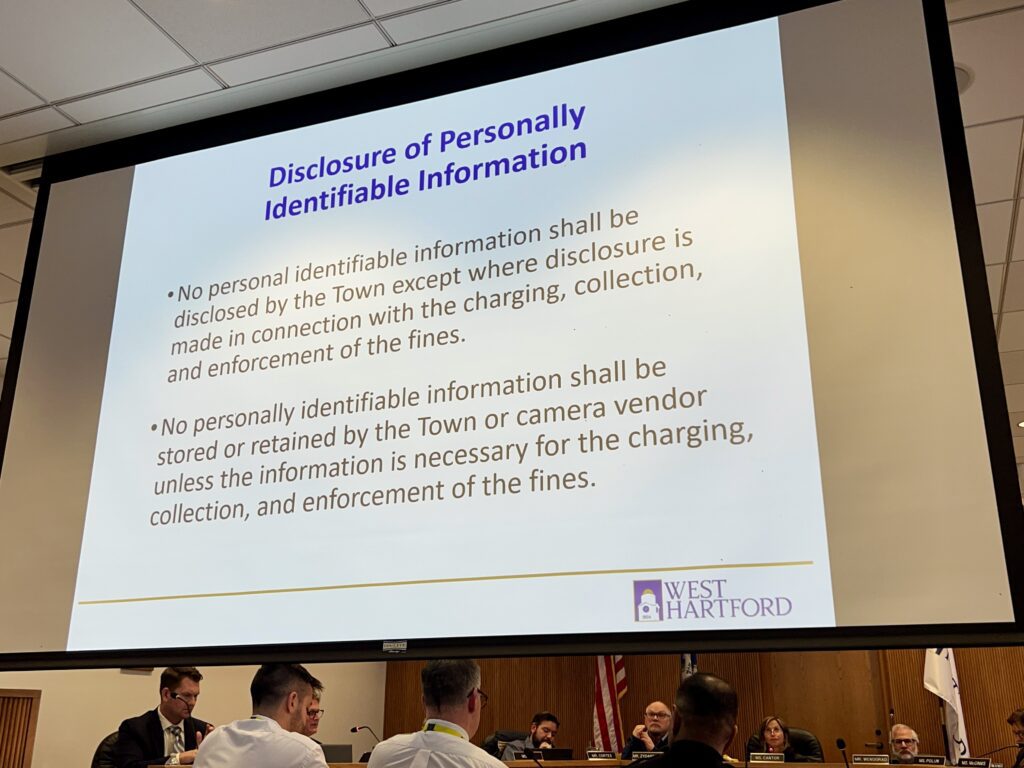
The West Hartford Town Council held a public hearing on April 8, 2025 to discuss an ordinance related to automated traffic enforcement devices. Photo credit: Ronni Newton
There is also a stated appeals process, with a list of available defenses. Failure to pay citations will be addressed through the town’s existing process for dealing with non-payment of citations, confirmed Gina Varano, deputy corporation counsel.
“Funds collected from fines will be reinvested directly into the community,” Ledwith said. “Specifically they will continue to support our Vision Zero efforts through transportation safety changes, mobility improvements, and infrastructure engineering enhancements.” A clause written into the ordinance confirms the use of the funds for those purposes.
Carol Blanks, who chairs the Council’s Public Safety Committee, asked if the same vehicle could receive multiple citations in the same day, and the answer was that they can – with the $75 fine applying after the first one.
Many of the parameters of the automated traffic enforcement device ordinance are dictated by state statute – as part of House Bill 5917, legislation passed by the general assembly in 2023 – allowing the use of such devices in Connecticut. There are also multiple steps that must be followed before the plan is up and running. Statewide, the small town of Washington is the only municipality to have a plan fully approved, and Stamford and New Haven are in the process of submitting their plans, Ledwith said.
Implementation of the speed enforcement program is still many months away, Ledwith said, although he is hopeful it will be in place by late fall. A consultant will be hired by the end of the month to help the town finalize its plan, which will then be subject to two public hearings planned for this summer – one to obtain input including proposed locations of the cameras, and the second for review of the draft – and the final plan will then be reviewed in committee, brought to the full Town Council at its second meeting in September for approval, submitted to the Connecticut Department of Transportation and, because of federal funding, submitted to the Federal Highway Administration.
“We’ve been told that they will turn these around in seven to ten days,” Ledwith said of the CTDOT, with the same timeframe estimate for FHWA review.
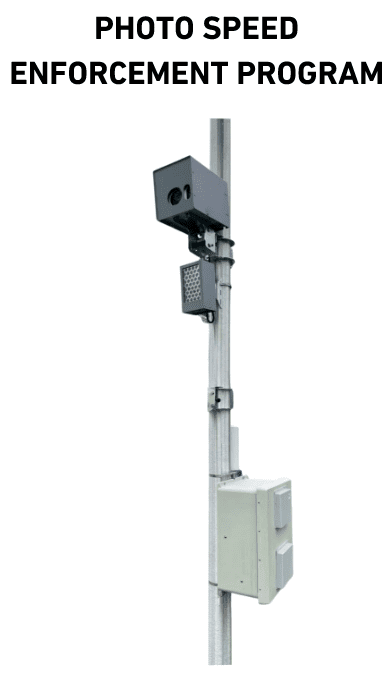
Image of type of speed enforcement camera that will be used in West Hartford. Courtesy of Town of West Hartford
While the ordinance allows for automated enforcement of both speed and red light violations, the actual programs are separate as are the cameras. The speed enforcement cameras will be deployed first, at 15 sites that will be determined. There will actually be 30 cameras because they will point in both directions, said Parker Sorenson, an engineer with the Town of West Hartford who is directly involved with this program as well as implementation of other Vision Zero Action Plan projects.
During the public hearing, just one person testified regarding the ordinance. Allison McConnell said that it was a “very thoughtful ordinance” but did express some concerns regarding the security of the software, privacy, and storage of data. “Everyone who passes through will have identifiable information stored,” she said.
McConnell also expressed concern about data from other parts of the country – where automated enforcement has been in use for a long time – that indicates the technologies have an disproportionately have an adverse impact on people of color. “This is very needed,” she said regarding the safety aspect, but said she would prefer to use other available measures.
The only other public communication the Town Council received regarding the ordinance was from Ed Pawlak, chair of the West Hartford Pedestrian and Bicycle Commission, supporting the measure and offering a few suggestions on the language.
Questions that Council members asked of Sorenson, Community Development Director Duane Martin, and Assistant Police Chief Larry Terra addressed some of the issues McConnell raised, clarified that the data is stored for up to 30 days, according to state statute.
The 30-day grace period is required by state statute when the program is implemented, Ledwith said in response to a question from Barry Walters about starting the education and grace period piece sooner. Ledwith said the state requirements specify how the public must be notified, how the areas where cameras are located must be identified. The town even needs to notify Waze of the camera locations.
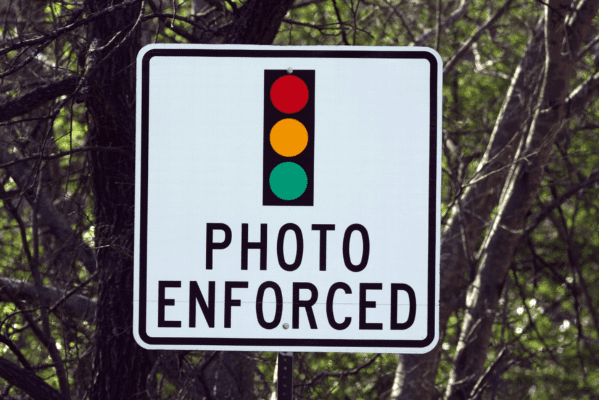
CT.gov image
Ledwith reiterated that the cameras do not identify or even photograph the driver and the system is only for speed or red light violation enforcement. “The police can’t use it for any other reason,” he said, including identifying a stolen car.
Republican Mary Fay said she has “concern for the civil liberty portion of this, more surveillance coming our way,” but agreed there needs to be a solution and police officers “can’t be everywhere.”
Martin said the town needs to demonstrate to the CTDOT why specific locations have been chosen for the speed enforcement cameras. The consultant, who will be paid through the grant funds, will perform that data analysis for the application to the state.
Mayor Shari Cantor asked about other camera systems the town currently has in place. Terra said there are 33 cameras in use in town, including FLOCK cameras which detect stolen cars, and cameras that are used to find missing people or wanted suspects. “They are very good,” Terra said, but the traffic enforcement cameras will be completely separate and you cannot see who is driving in the images.
Blanks said the measure is a welcome plan to “introduce behavioral change” by hitting people in the the pocketbook, and the revenue will benefit the town. “I think that this is definitely a step in a right direction” to “improve some of the things we all witness.”
Deputy Mayor Ben Wenograd said, “Obviously we need to slow down.” Regarding the social justice issues that could result, he said he is comfortable with how the state addressed that in the legislation after seeing the experience in other parts of the country, and that the program won’t infringe on people’s privacy.
Cantor said that the intent is enforcement, and the best result would be if we made no money because there are no violations. “We do want a lasting culture of safety in our community,” she said. She reiterated that it will be a “force multiplier” for the police.
“We are looking forward to evaluating how this program does work and hopefully it is a helpful tool for us to achieve safer streets,” Cantor said.
Like what you see here? Click here to subscribe to We-Ha’s newsletter so you’ll always be in the know about what’s happening in West Hartford! Click the blue button below to become a supporter of We-Ha.com and our efforts to continue producing quality journalism.


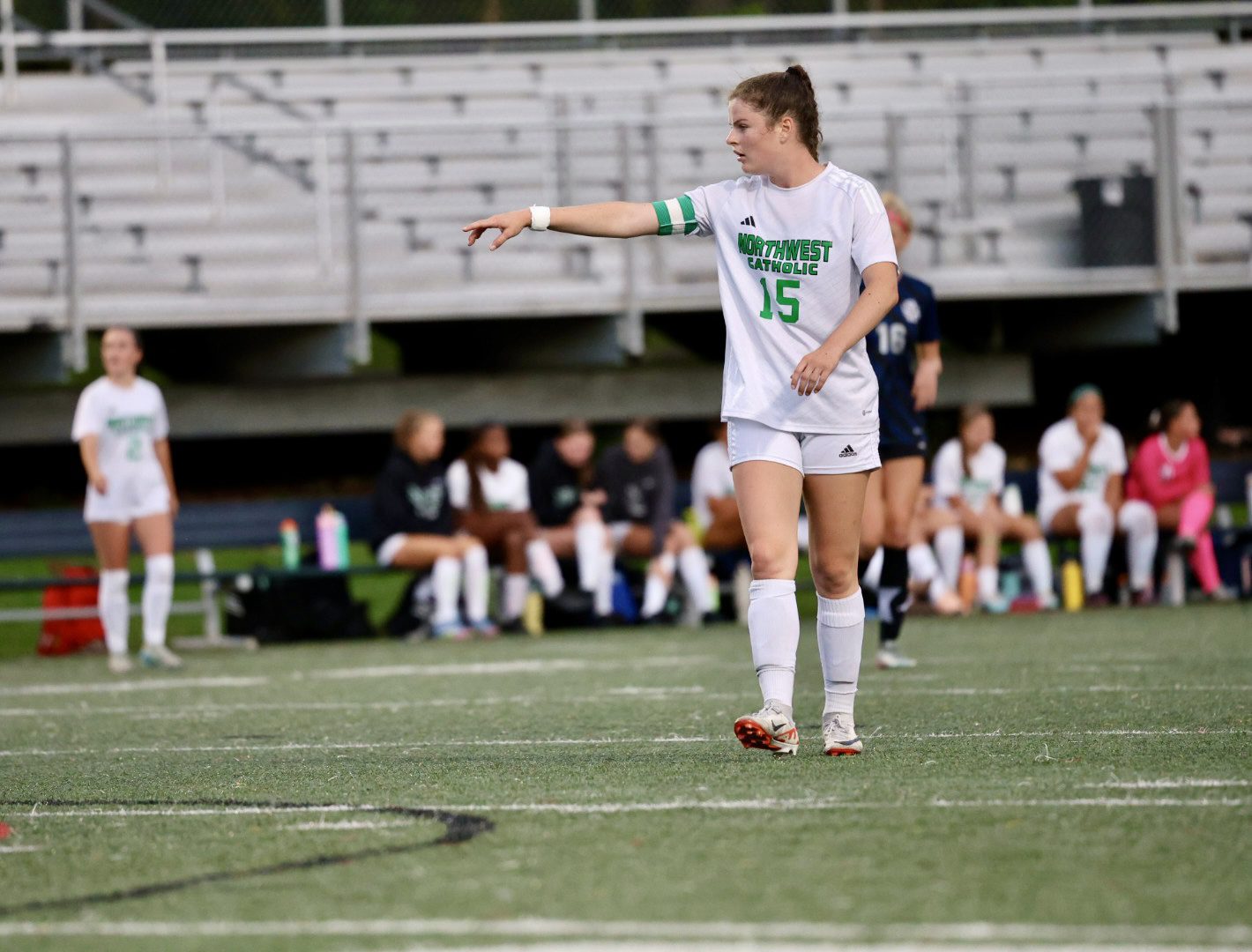
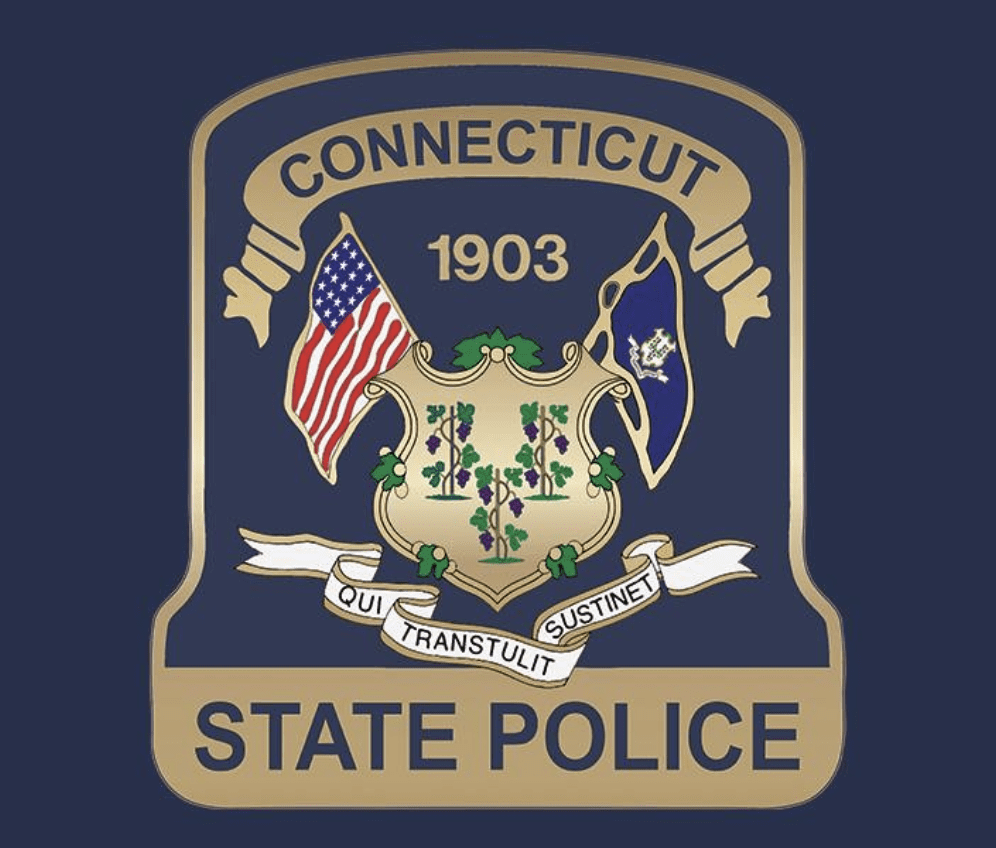
The IIHS (an independent organization funded by insurance companies) says: “Red light safety cameras are an effective way to discourage red light running. Enforcement is the best way to get people to comply with any law, but it’s impossible for police to be at every intersection. Cameras can fill the void. An IIHS study found that cameras reduced the fatal red light running crash rate of large cities by 21% and the rate of all types of fatal crashes at signalized intersections by 14%………In 2022, 1,149 people were killed in crashes that involved red light running. Half of those killed were pedestrians, bicyclists and people in other vehicles who were hit by the red light runners…….In 2022, more than 107,000 people were injured in red light running crashes.”
more at
https://www.iihs.org/topics/red-light-running
also, they have great videos of their car crash tests
I have one major concern that I hope doesn’t apply. Speed and red light cameras are frequently owned and operated by private for profit companies contracted by the town. Their incentive is to give out as many tickets as possible and can resort to tampering with the sensitivity of their devices to increase profits. Depending on the contract, there may be no real means of oversight for the town, and they may be locked in for X number of years, even if they prove to be unwelcome partners/neighbors. I do not know if this is the case, but the article did mention a $15 processing fee for each ticket, which leads me to believe that is the fee paid to the operating company. For the third time, I hope that is not correct, otherwise I fear this is an example of the path to hell being paved with good intentions. If that is the case here, then it feels like that crucial detail was intentionally left out.
There are areas of Elmwood where people treat crosswalks and red lights like optional guidelines. I myself was hit by a car just recently, fortunately with no injuries. I hate to say it, but I haven’t seen any police traffic enforcement in my area in a very long time. Maybe I’m just missing when they do, but something needs to be done. I agree with the other comments that hopefully this stays as privacy focused as possible.
Fascism and govt surveillance is the name of the game in DC. Good to see weha isn’t being left behind. Good job, comrades!
There’s been cameras in West Hartford center for decades. Everybody wants safer driving, but also complains about the tax hikes so they can’t hire more police… What exactly are you looking for by way of a solution? Should we out everybody’s grandmothers on street corners to wag their fingers at unsafe drivers?
I sincerely hope that by implementing photo-recording our beloved town can stop spending the taxpayers’ precious dollars on landscaping redesign of one-way streets (e.g., Four Mile, Newport, & etc.).
Narrow streets with fancy granite block trim may have seemed like a good idea, to someone at some time, to function as a speed limiting device for West Hartford.
Apparently the “speed bumps” used in other communities were not sufficiently sophisticated and thus unacceptable … but the overgrowth of evergreen plantings on this landscaping is also unacceptable.
That overgrowth, while perhaps facilitating residents’ privacy, is likely to continue to impede road visibility for motorists, cyclists and pedestrians alike.
Please think twice but spend once, Town of West Hartford.